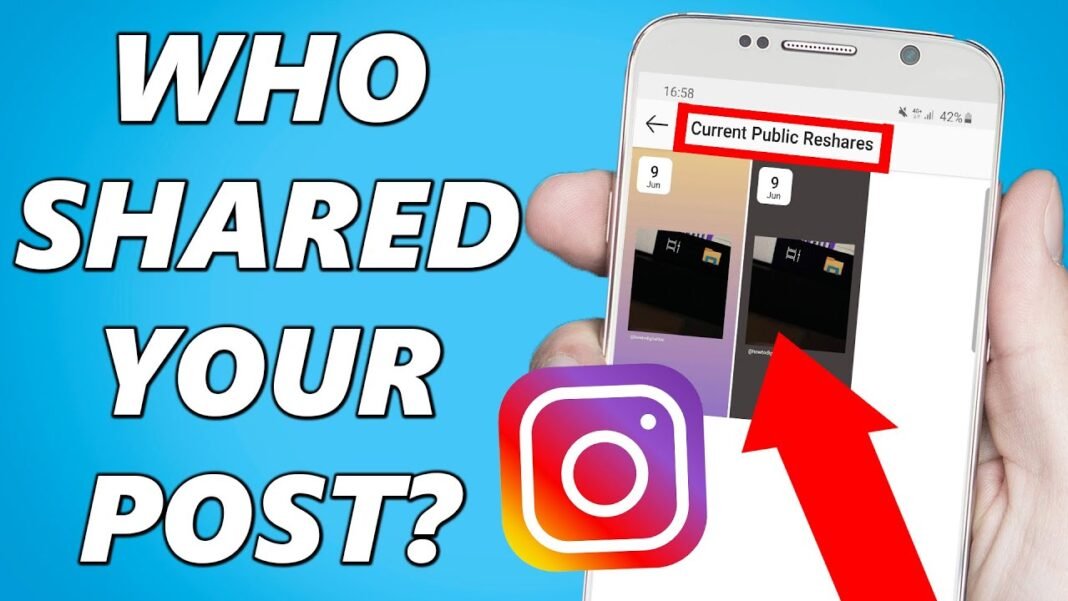A public license for a SoundFont sets the legal groundwork for how these musical sound files can be used, changed, and shared with others.
What Is a Public License for a SoundFont?
A public license for a SoundFont is a legal framework that determines how you can use, modify, and distribute SoundFont files. When asking “what is a public license for a SoundFont?“, think of it like a clear set of rules for music creators – it tells you if you can sell music made with these sounds, whether you need to credit the original creator, and if you can share the SoundFont with others. These licenses protect both creators and users by establishing clear boundaries and permissions for using the sound files. Whether you’re making music for YouTube, games, or commercial tracks, understanding what a public license for a SoundFont means is crucial for staying legal and respecting creators’ rights.
What Makes a Public License for a SoundFont Important?
Before we get into licenses, let’s get clear on what we’re dealing with:
SoundFonts pack sounds and controls into one file that:
- Maps sounds to keyboard notes
- Includes special effects
- Controls how notes respond to playing style
- Works with MIDI files
The Main Public Licenses for SoundFonts
Creative Commons (CC) Family
CC licenses come in several types:
- CC0 (Public Domain):
- Use it anywhere
- Change what you want
- No credit needed
- Perfect for commercial projects
- CC BY (Attribution):
- Make any changes
- Use commercially
- Must credit the creator
- Share with others freely
- CC BY-SA (Share-Alike):
- Change and adapt
- Credit original creator
- Share new versions under same license
- Great for community projects
GNU General Public License (GPL)
The GPL keeps things open:
- Make changes freely
- Share your improvements
- Keep everything accessible
- Perfect for collaborative work
Public Domain
The simplest option:
- No restrictions at all
- Use commercially
- Change anything
- Share however you want
Real-World Examples of Public Licenses for SoundFonts
My music producer friend Sarah uses CC-licensed SoundFonts. She:
- Makes commercial tracks
- Credits creators in her notes
- Shares modified versions
- Never worries about legal issues
Finding Quality Licensed SoundFonts
Places I trust and use:
- MuseScore Library
- FreePats Project
- Musical Artifacts
- GitHub SoundFont repos
- Open source music communities
The Legal Side Made Clear
Check these points:
- Commercial use rights
- Credit requirements
- Modification permissions
- Distribution rules
- Time limits (rare but possible)
Professional Tips for Working with Licensed SoundFonts
Steps I always follow:
- Screenshot license pages
- Save license text files
- Make credit templates
- Document modifications
- Keep source links
Common Questions About Public Licenses for SoundFonts
Q: Can different licensed SoundFonts mix in one project? A: Yes, but follow all licenses involved
Q: What happens with no clear license? A: Best skip it – legal risks aren’t worth it
Q: Can public licensed sounds go in games? A: Usually yes, just verify commercial terms
Warning Signs to Watch
Red flags include:
- Missing license documentation
- Vague usage terms
- No creator information
- Restrictive sharing rules
- Unclear commercial rights
Making Money with Licensed SoundFonts
Check these points first:
- Commercial use allowed?
- Credit requirements clear?
- Share-alike obligations?
- Modification limits?
- Distribution restrictions?
Building Your Licensed SoundFont Library
Organize by:
- License type
- Usage rights
- Creator credits
- Sound categories
- Project needs
Remember: Understanding a public license for a SoundFont isn’t just about legal compliance – it’s your key to creative freedom while respecting creators’ rights.

